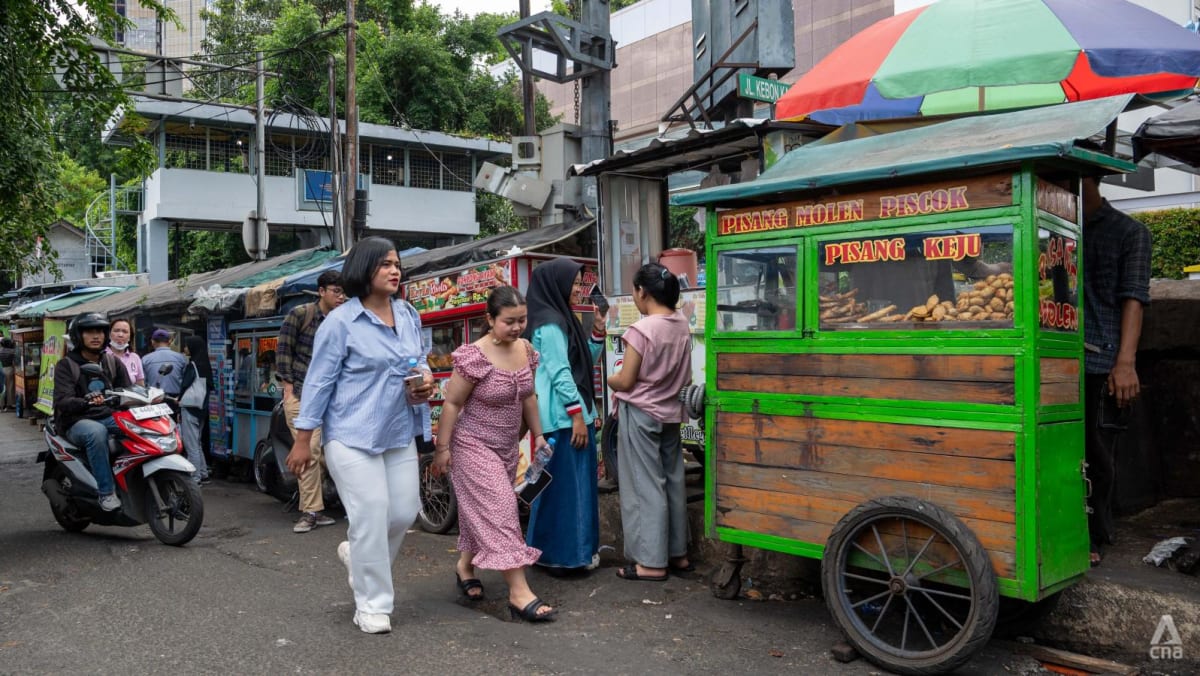SA's Infrastructure Strategy: Will Private Finance Get the Green Light?

South Africa's economic landscape is eagerly awaiting the release of the long-anticipated Infrastructure Strategy, set to follow next month's crucial spending review. While the spending review will dictate departmental capital budgets for the remainder of the parliamentary term, the Infrastructure Strategy promises to outline a pivotal shift in how public projects are funded - specifically, the role of private finance. This strategy isn't just about numbers; it's about shaping the future of South Africa's development and addressing critical infrastructure gaps.
The Current Landscape: A Need for Investment
South Africa faces a significant infrastructure deficit, hindering economic growth and impacting service delivery. Years of underinvestment and operational inefficiencies have left the country struggling to maintain and expand essential infrastructure like roads, railways, ports, and energy facilities. Addressing this requires substantial capital injection, and the government is increasingly looking towards private sector participation to bridge the funding gap.
Private Finance: A Double-Edged Sword
The prospect of private finance in infrastructure projects is complex. On one hand, it offers access to expertise, innovation, and much-needed capital. Private companies often bring specialized skills in project management, technology, and efficiency improvements. However, concerns remain regarding affordability, risk allocation, and potential conflicts of interest. Critics argue that private finance can lead to higher costs for consumers and may prioritize profit over public benefit. The Infrastructure Strategy needs to carefully balance these potential benefits and risks.
What to Expect in the Strategy? Key Considerations
The Infrastructure Strategy is expected to address several key areas regarding private finance:
- Risk Mitigation: How will the government mitigate risks for private investors to encourage participation, particularly in projects deemed high-risk? Guarantees, insurance schemes, and clear regulatory frameworks will be crucial.
- Public-Private Partnerships (PPPs): The strategy will likely outline a revised approach to PPPs, aiming to streamline the procurement process, improve contract management, and ensure transparency. Lessons learned from past PPP experiences will be vital.
- Funding Models: Beyond traditional PPPs, the strategy may explore alternative financing models such as blended finance, where public and private capital are combined with philanthropic or development finance institutions.
- Regulatory Framework: A clear and predictable regulatory environment is essential to attract private investment. The strategy should address issues like environmental approvals, land acquisition, and labor regulations.
- Skills Development: To ensure the successful implementation of infrastructure projects, the strategy should incorporate skills development initiatives to build local capacity and create employment opportunities.
The Spending Review's Influence
The spending review will heavily influence the scope and ambition of the Infrastructure Strategy. The level of public funding allocated to infrastructure will determine the extent to which private finance is required. A robust spending review signal will be key to attracting private investors and demonstrating the government's commitment to infrastructure development.
Looking Ahead: A Critical Moment for South Africa
The Infrastructure Strategy represents a pivotal moment for South Africa. A well-crafted strategy that effectively leverages private finance, while addressing potential risks, can unlock significant economic growth and improve the lives of millions of citizens. The coming weeks will be crucial as the details of the strategy are revealed and its potential impact on the nation’s future is assessed. Stakeholders across government, the private sector, and civil society will be closely scrutinizing the document, hoping for a clear roadmap towards a more resilient and prosperous South Africa.






